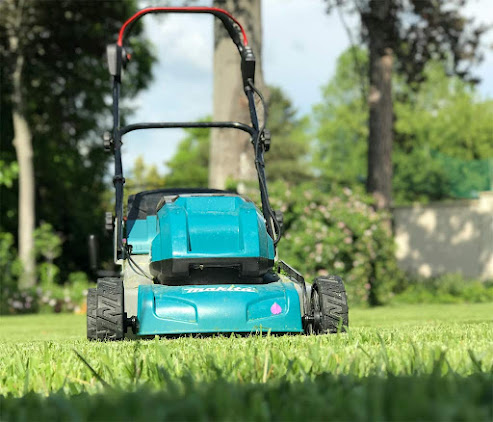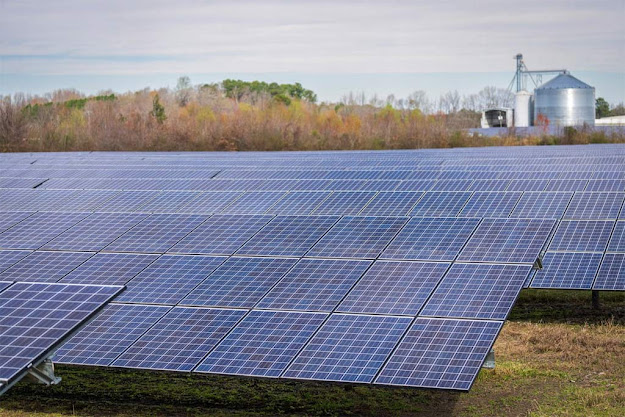How to Grow Hyacinths in Pots and Containers
Hyacinths, with their vibrant blooms and intoxicating fragrance, are a welcome sign of spring. Belonging to the genus Hyacinthus, these perennials are cherished for their dense, star-shaped flowers, which come in a wide range of colors including pink, blue, white, and purple.
Photo by Pexels
Growing hyacinths in pots and containers is an excellent way to enjoy their beauty up close, whether you're limited by space or just looking to add a burst of color to your patio or windowsill.
Understanding Hyacinths
Hyacinths prefer cool spring temperatures and are hardy in USDA zones 4 through 8. They require a period of cold dormancy to bloom, which is easy to achieve in ground plantings in these zones.
When grown in pots, however, this dormancy can be manually replicated, making it possible to enjoy hyacinths even in warmer climates.
Choosing the Right Pot and Soil
Select a pot that is at least 6 inches deep and has adequate drainage holes to prevent waterlogging, which can rot the bulbs. While hyacinths are not overly picky about the type of pot, ensuring good drainage is crucial.
Fill your pot with a well-draining potting mix, ideally one formulated for bulbs, to provide the right balance of drainage and moisture retention.
Planting Hyacinth Bulbs
- Timing: For spring blooms, plant hyacinth bulbs in pots in fall, typically from September to November, before the ground freezes. For indoor enjoyment or earlier blooms, you can start your bulbs indoors in late winter.
- Planting Depth and Spacing: Plant bulbs with the pointy end up, approximately 4 inches deep and 2 to 3 inches apart. This spacing allows for enough room for the bulbs to grow without overcrowding.
- Chilling Period: If you live in a warmer climate (zones 9 and above) or are forcing hyacinths for early blooming, the bulbs will need a cold period of 10 to 13 weeks in a refrigerator or a cool, dark place where temperatures stay between 35 to 45 degrees Fahrenheit.
Care and Maintenance
- Watering: Keep the soil consistently moist but not waterlogged. Water when the top inch of soil feels dry to the touch.
- Light: Once the chilling period is over and growth begins, place the pots in a location that receives bright, indirect light. Gradually introduce them to more light to prevent shock.
- Fertilizing: Apply a balanced, slow-release bulb fertilizer at planting time, following package instructions for dosages. Additional feeding is not typically necessary.
- Aftercare: After blooming, you can cut back the flower stalks but leave the foliage until it dies back naturally. This allows the plant to store energy in the bulb for the next year's growth. If you wish to try to rebloom the bulbs, move the pot to a sunny location outdoors after the last frost and continue to water until the leaves yellow and die back.
Tips for Success
- Choose high-quality, disease-free bulbs from reputable suppliers to ensure healthy growth and vibrant blooms.
- Consider layering hyacinth bulbs with other spring bulbs, such as tulips or daffodils, in larger containers for a prolonged display of color.
- For indoor blooms, consider "forcing" hyacinths in special forcing vases or in pots with no soil, using just water. This method requires careful monitoring of water levels and a steady, cool temperature to simulate winter conditions.
Growing hyacinths in pots and containers allows gardeners of all levels to enjoy the beauty and fragrance of these spring flowers, regardless of garden space or climate. With proper care, hyacinths can provide a spectacular spring display that heralds the end of winter and the beginning of a vibrant growing season.



